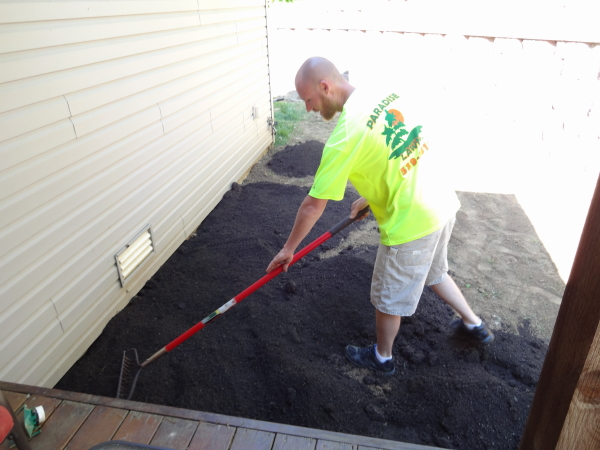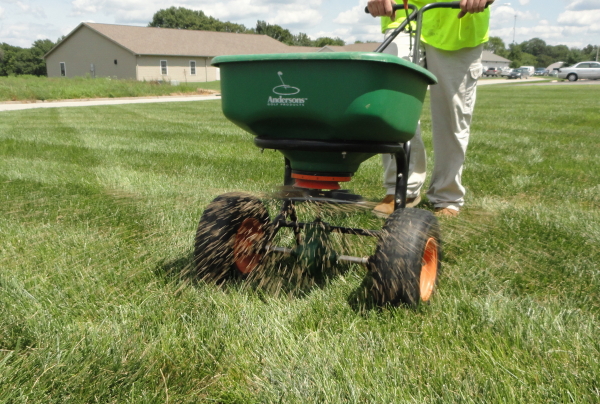Every lawn has nutrients below the surface that affect the appearance and life of the lawn. These nutrients need to be checked to determine any deficiencies or excess of certain nutrients or levels. Many believe that a problem within the soil chemistry doesn’t exist when everything is looking good. However, it is recommended to have a soil analysis conducted before problems arise. When the soil chemistry is off, soil amendments may be necessary.

Soil Analysis
A soil analysis is a simple procedure of pulling soil plugs throughout the lawn, allowing them to dry, breaking them up, and mixing all the soil together. This soil is then tested, usually by an independent laboratory. Specific nutrient levels are then checked for faults within the chemistry.
Soil Amendments
To correct levels that report deficiencies or excesses, amendments need to be made. The soil amendments can range from adding lime or sulfur to correct pH levels or adding compost to help boost organic matter percentages. It is important to never add amendment products without first conducting a soil analysis.
pH Balance
The pH balance of the soil is one of the most important numbers looked at after a soil analysis. A pH balance of 7.0 is considered to be neutral; however the optimum lawn growing range is slightly acidic which is between 6.5-6.8.
Lime or Limestone
Many believed and still believe that spreading lime over the lawn is necessary each year, however it may not be necessary at all. Lime is only necessary when the soil is below the recommended pH balance, or acidic. Lime or limestone can be added at any time throughout the year.
Sulfur
Sulfur is a nutrient that is best added during the fall months. Sulfur needs to be added to the lawn when the soil is above 7.0, known as alkaline. This process can take several years because only a certain amount of sulfur can go onto a lawn each year.
Organic Matter
Organic matter is the other number most looked at on a soil analysis. The optimum percentage should be above 4.0%, however in this area the average soil analysis shows that lawns are currently falling between 1.5-2.5%.
Compost
Compost is added to the lawn to help create organic matter and raise the percentage, which is a slow process and can take several years.
Phosphorus, Potassium, and Micro-nutrients
While phosphorus, potassium, and micro-nutrients, such as iron and zinc, are important for a healthy lawn they are usually stable enough to avoid needing amendments or only needing minor amendments.
Sum it up
Soil amendments are sometimes essential to the success of a lawn; however they should only be added after conducting a soil analysis and determining the proper amendment needed and the proper quantity. Jumping to conclusions and adding one or the other can actually be more harmful and cause more problems.
It is always a good idea to consult with a lawn care professional and ask any questions you may have. Look around, ask friends or family, and research companies on the Better Business Bureau to find a company that you can trust.

